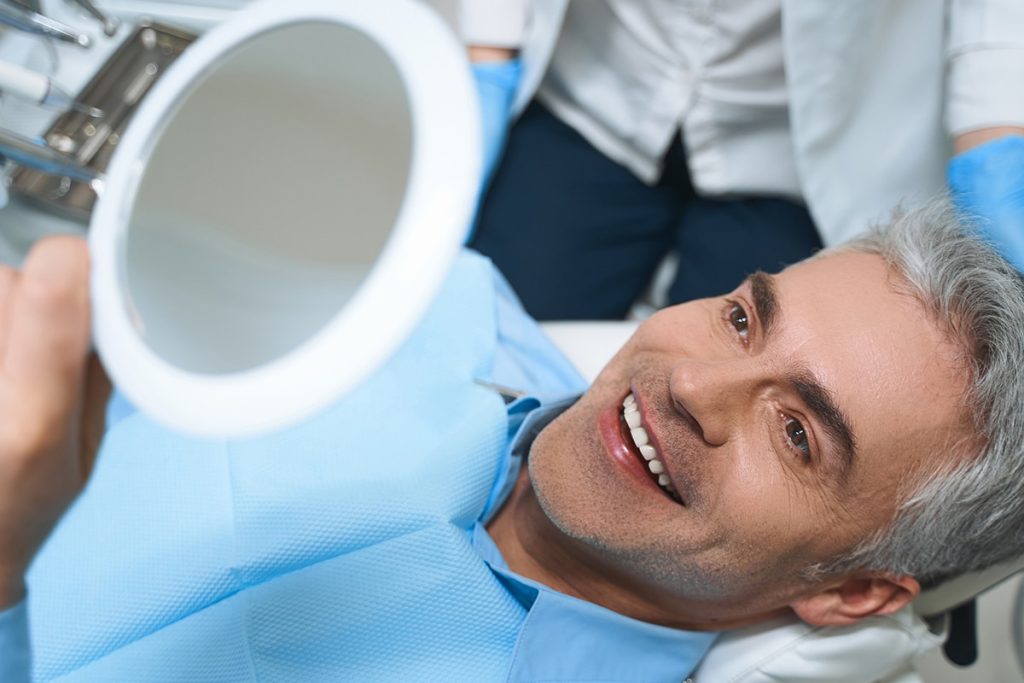
How Much Does BOTOX Treatment Cost in Albuquerque?
Botox is a prescription medication that can help complement cosmetic dental work. More and more, patients are choosing a skilled, experienced dentist to provide this aesthetically enhancing but simple procedure to go along with a smile makeover. Botox can also be used to treat conditions such as TMJ and the bruxism that can cause it.
BOTOX® for Cosmetic Purposes
BOTOX® Cosmetic is created from the botulism toxin, and works easily by temporarily paralyzing facial muscles and reducing the appearance of lines and wrinkles. Botox can be successfully used to smooth out frown lines between your eyebrows, eliminate crow’s feet, forehead wrinkles, and laugh lines. And, patients who have a high lip line can also use Botox to relax lip muscles and get a lower, more pleasing smile line.
Botox for Migraine and TMJ Relief
Botox can also be successfully used to provide temporary relief from migraines and as a minimally-invasive treatment option to eliminate TMJ pain.
How Can Botox Help with Bruxism
Bruxism or teeth grinding is one cause of TMJ. This involuntary behavior, one that may be both annoying and painful, and can also wear away your tooth enamel, causing gum sensitivity, chipped teeth, and pain. If you’ve tried other approaches, for example, a custom nightguard created by your dentist, but the results haven’t been what you’d hoped for, Botox can be an effective treatment for teeth grinding.
While you may first think about Botox as being used mainly to eliminate wrinkles or plump lips, its muscle relaxing properties have been shown to stop jaw clenching and teeth grinding for an extended period of time. And in the case of bruxism, certain muscles may need to be relaxed.
How Does Botox Work to Treat Bruxism?
Using Botox for teeth grinding involves the injection of a small amount into the muscles responsible for jaw movement, such as the masseter muscle, which are responsible for chewing. Botox can also be injected into the frontalis and temporalis muscles. It works by reducing clenching, which then helps to relieve any accompanying tension and aches. A patient will usually begin to feel a difference between 1 and 3 days or up to 2 weeks following the injection, depending on the individual, and Botox provides lasting help for between 3 and 6 months.
Are There Any Side Effects?
Used carefully for pain relief or for cosmetic purposes and administered by a skilled dental professional, there are no side effects for Botox treatment for bruxism. However, you could find a few short-term effects such as pain, swelling or bruising at the injection site, headache or symptoms that are flu-like, eye dryness or tearing, or occasionally some eyelid or smile drooping, all of which are temporary.
But naturally, you’ll want to discuss options and details for treatment with your dental team.
How Much Does Botox Treatment Cost?
The average cost of Botox ranges from $250 – $500. The price varies depending on just how much treatment you'll be receiving. It may be possible to set up a package for ongoing Botox treatment, as well.
Ready to Learn More about Botox?
If you’re ready to learn more about the use of Botox, both to enhance or accompany a cosmetic dental makeover or to help treat a TMJ disorder or bruxism, reach out to us today. We’re right here in Albuquerque, and ready to answer any questions, or schedule an appointment!
